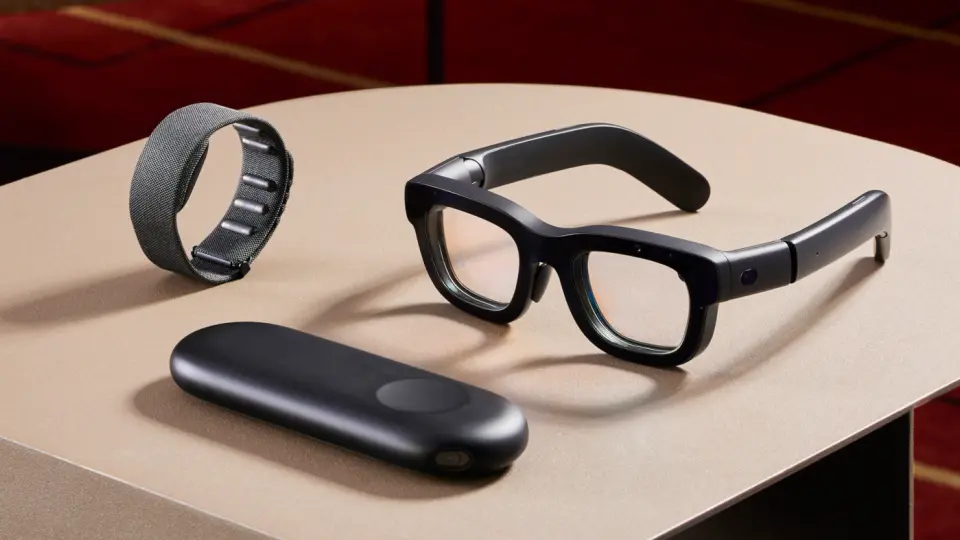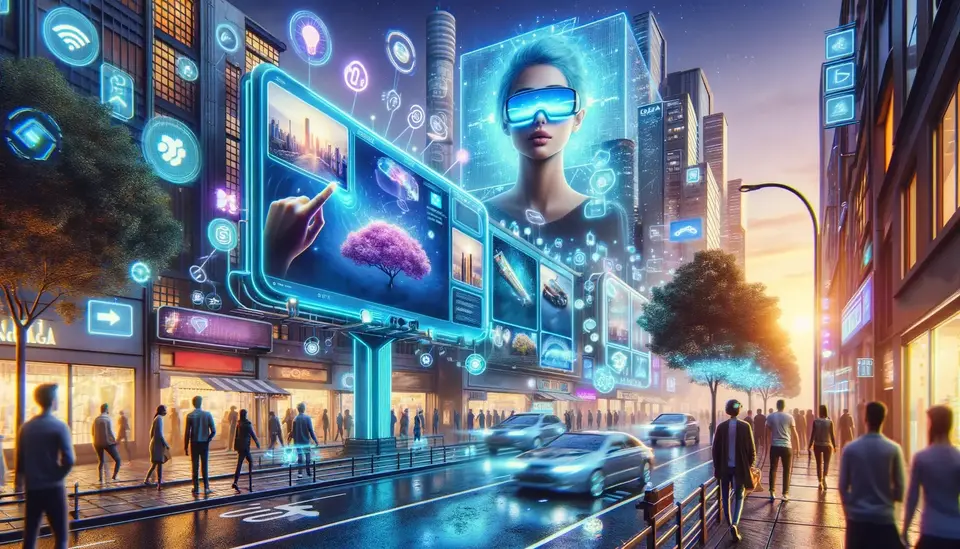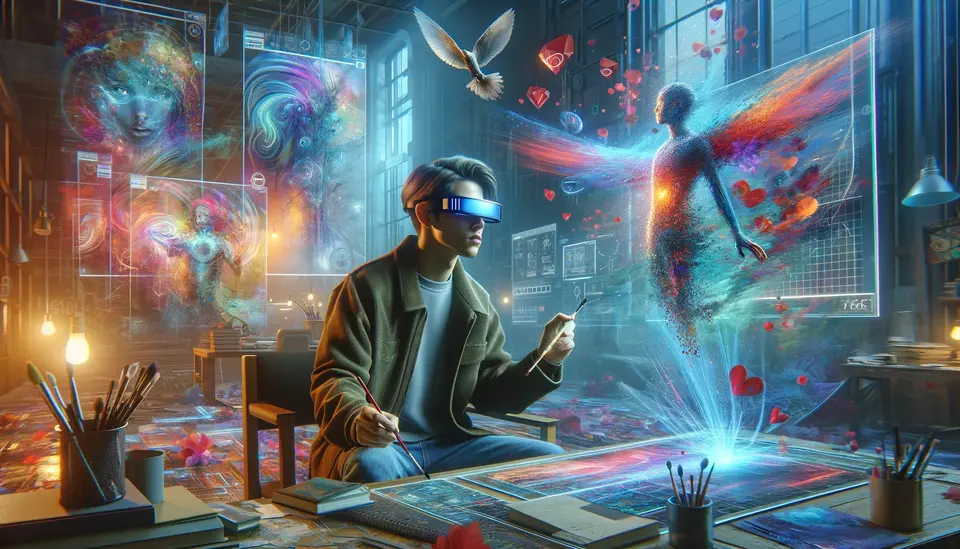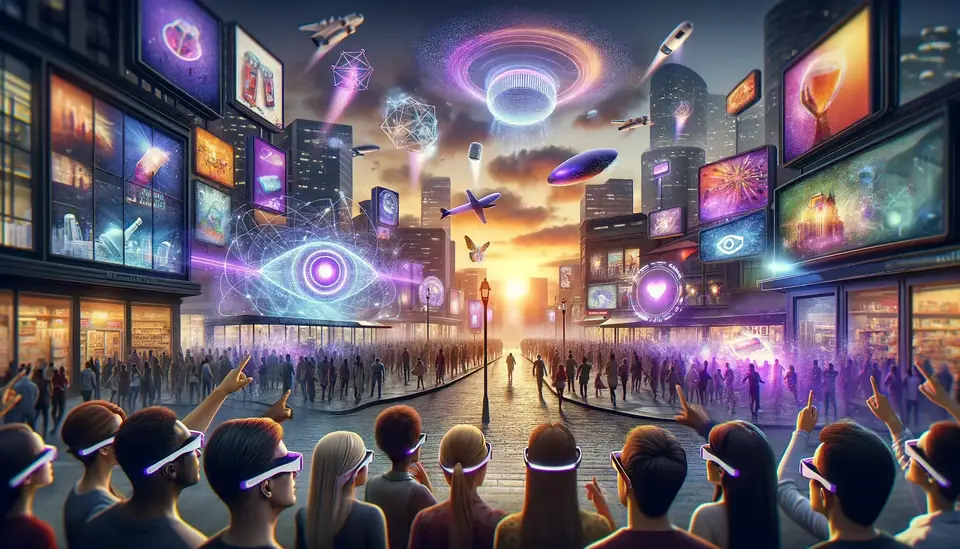The Impact of Sora on Augmented Reality (AR)
Posted on February 18, 2024 5 minutes 870 words
Table of contents
Introduction
Augmented Reality (AR) has been steadily reshaping our interaction with the world, blending digital content into our physical environment. The advent of OpenAI’s Sora, an advanced AI model capable of generating realistic video content, is poised to revolutionize this field. This blog post explores the transformative impact of Sora on the landscape of augmented reality.
Understanding Sora’s Advanced Capabilities
Sora, OpenAI’s groundbreaking AI model, has been making waves with its ability to generate high-quality videos from textual descriptions. Its proficiency lies in its deep understanding of language and context, enabling it to create videos that are not only visually stunning but also contextually relevant. This capability is especially significant in AR, where the blending of digital content with the real world needs to be seamless and context-aware.
The Evolution of Augmented Reality
AR technology has evolved from simple overlays to sophisticated, interactive experiences. However, creating content for AR has traditionally been resource-intensive and limited by the constraints of pre-rendered graphics. Sora’s introduction heralds a new era of dynamic content creation, where possibilities are limited only by imagination.
Sora’s Impact on Augmented Reality
Enhanced Realism and Detail
Sora’s advanced video generation capabilities take the realism in AR to new heights. By creating highly detailed and contextually accurate videos, it enables AR applications to seamlessly integrate digital information into the physical world. This increased realism is crucial for applications where the distinction between real and virtual elements should be minimal, such as in architectural visualizations or historical recreations.
Dynamic and Context-Aware Content Creation
One of Sora’s most significant impacts on AR is its ability to generate content dynamically. This means AR experiences can be tailored in real-time based on user interactions, environmental conditions, or specific scenarios. For instance, in an AR city tour, the information presented could change depending on the user’s location, time of day, or even historical preferences, making each experience unique and personalized.
Interactive and Immersive User Experiences
With Sora, AR becomes more interactive. Users can engage with the environment in a more natural and intuitive way. In educational AR applications, for example, students could interact with virtual historical figures or manipulate complex scientific models, with Sora generating responsive content based on these interactions. This level of interaction goes beyond what has been traditionally possible, offering a more immersive learning experience.
Scalability in Content Production
Sora addresses one of the biggest challenges in AR - content creation. Traditionally, creating high-quality AR content required significant resources and specialized skills. Sora democratizes this process, allowing creators with minimal technical expertise to generate complex, high-quality AR content. This scalability could lead to a surge in creative and diverse AR applications across various sectors.
Real-Time Adaptation and Learning
Sora’s AI-driven approach allows AR experiences to adapt and evolve over time. This means AR applications can learn from user interactions and improve continuously. In a retail setting, this could translate to AR displays that evolve based on consumer behavior, offering a more personalized shopping experience.
Enhancing Emotional Engagement
By generating content that is not only visually realistic but also emotionally resonant, Sora can significantly enhance the user’s emotional engagement with AR applications. Whether it’s through storytelling in an AR game or creating a nostalgic atmosphere in a virtual tour, Sora’s capabilities allow for a deeper emotional connection with the content.
Overcoming Technical Limitations
Sora’s efficient processing capabilities can help overcome some of the technical limitations currently faced in AR, such as the need for high processing power and the challenge of maintaining high-resolution content. This efficiency could enable more complex AR applications to be run on standard consumer devices, making advanced AR experiences more accessible.
Applications and Implications
- Education and Training: In educational settings, AR powered by Sora can create interactive, realistic models for students, making learning more engaging and effective.
- Retail and Marketing: Sora can revolutionize the retail experience by enabling dynamic AR displays that change according to consumer behavior or trends.
- Healthcare: In medical training and procedures, AR enhanced by Sora can provide realistic simulations, aiding in training and complex surgical procedures.
- Entertainment: The entertainment industry could see a new wave of interactive experiences, with AR games and narratives that adapt in real-time to user interactions.
The Future of Augmented Reality with Sora
The integration of Sora into AR technology represents a significant leap forward. As Sora continues to evolve, it’s likely to unlock even more advanced capabilities in AR, leading to experiences that are more immersive, interactive, and personalized than ever before.
Conclusion
Sora’s impact on augmented reality is a testament to how AI can augment our perception of the world. By enhancing realism, enabling dynamic content creation, and improving user interaction, Sora is not just redefining AR experiences but is also setting a new standard for how we interact with technology in our daily lives.








